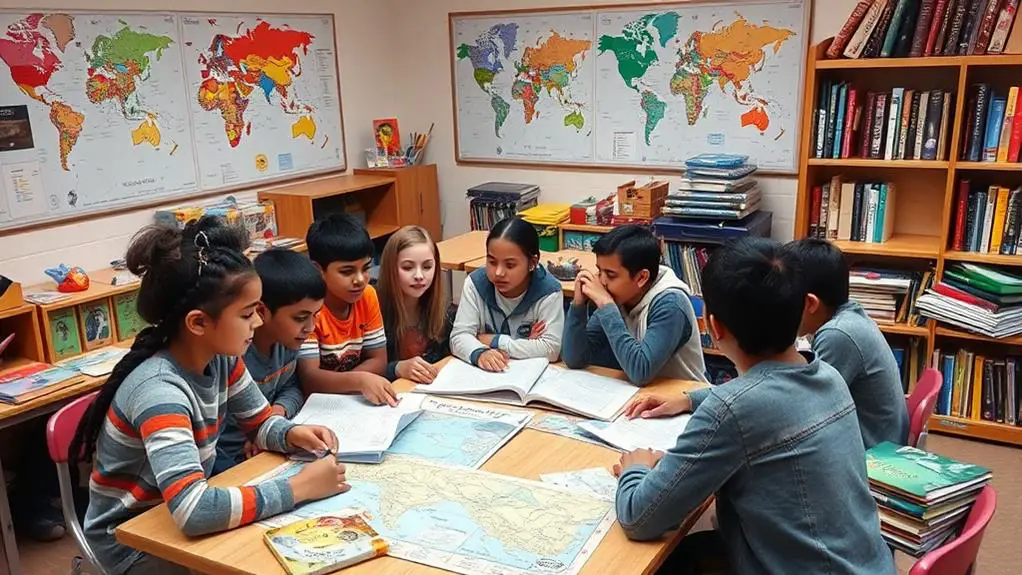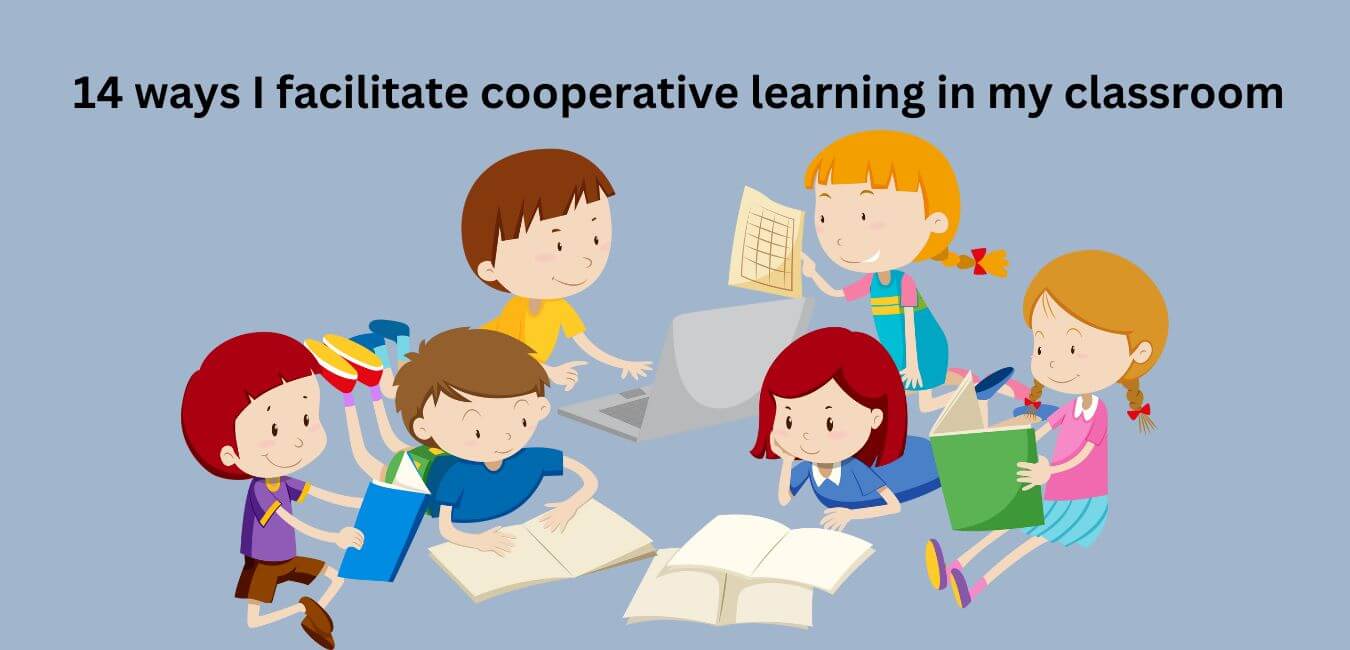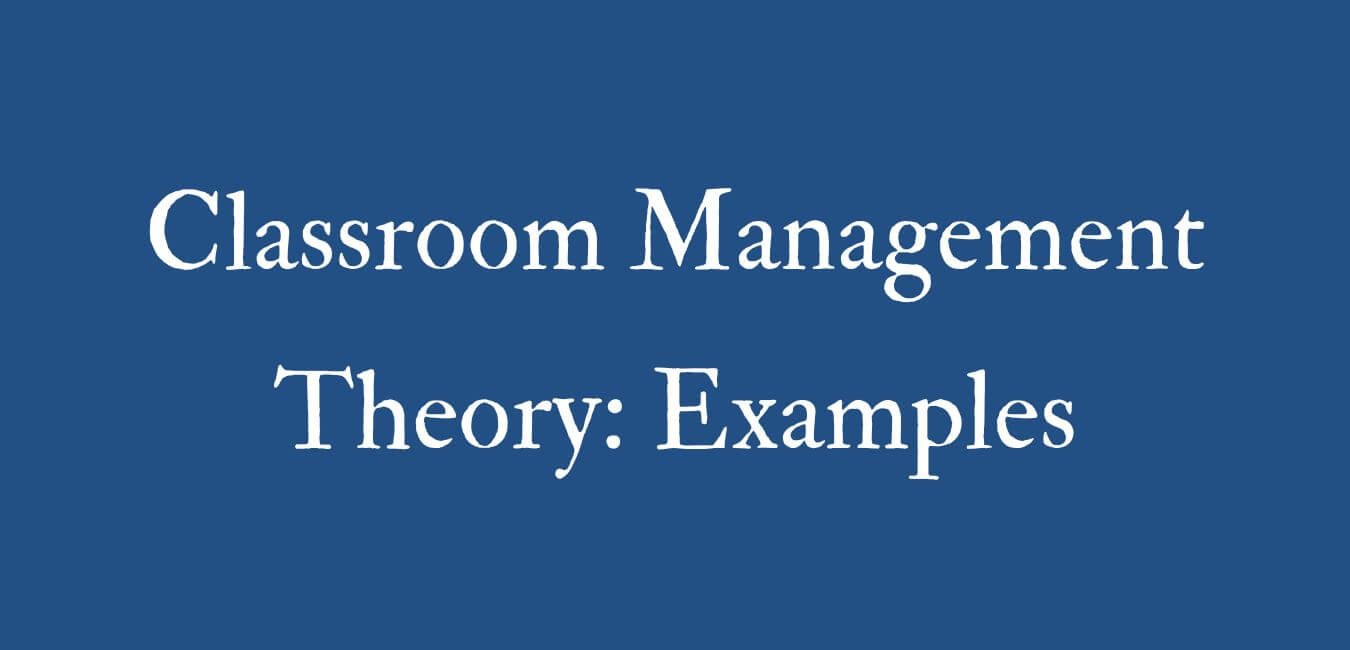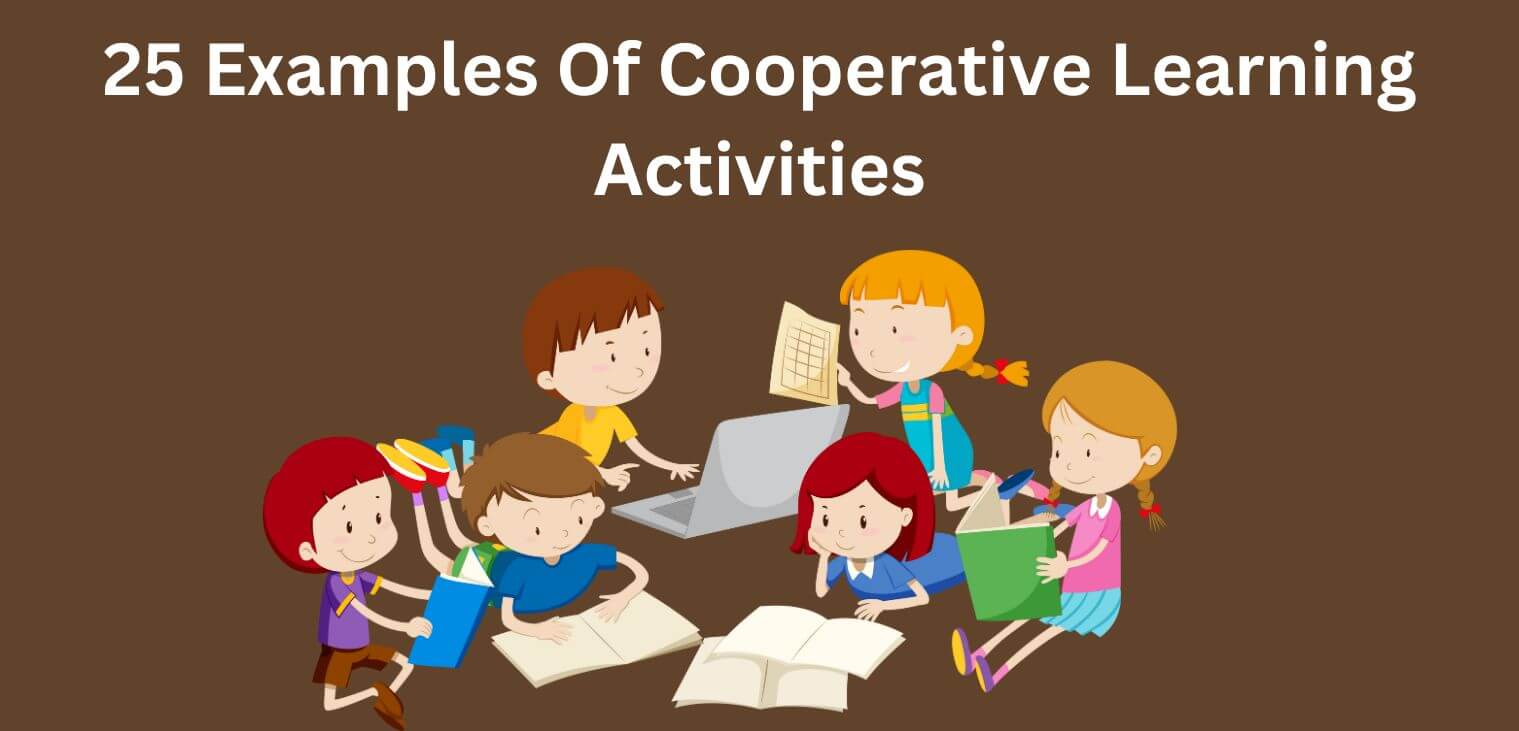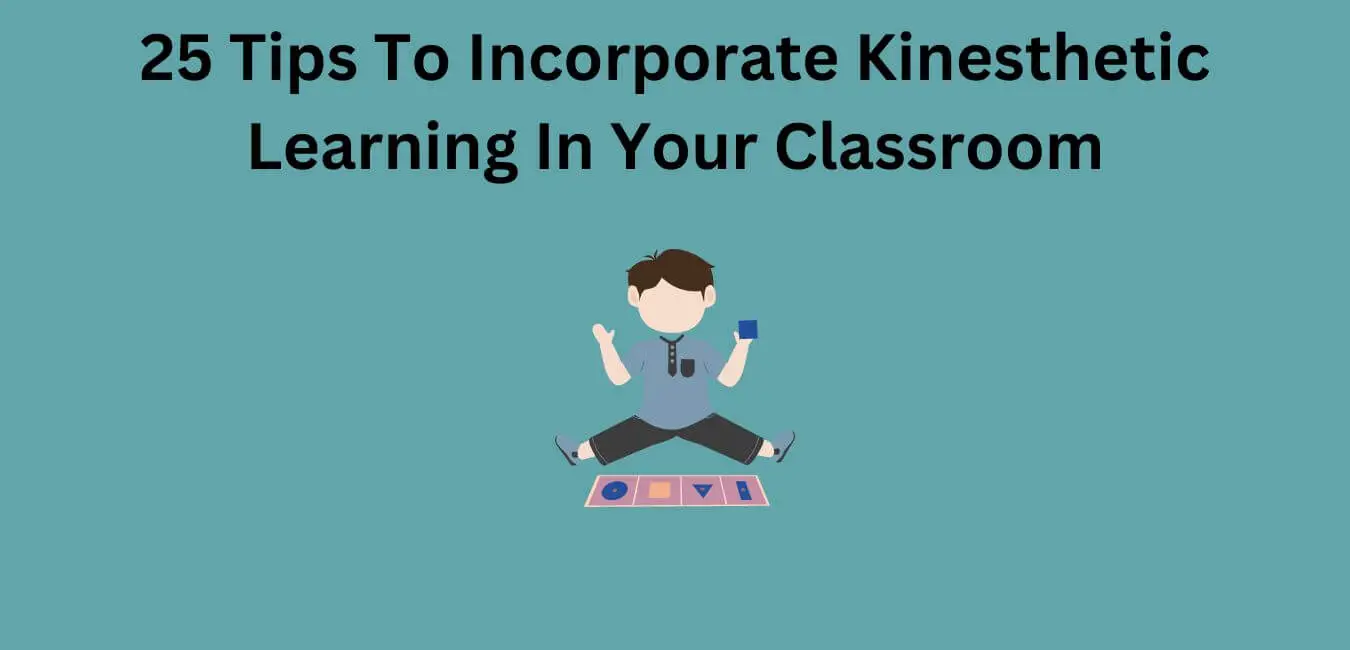Cultural gaps in the classroom can significantly affect how engaged students are and how well they learn. These differences can create obstacles to collaboration and understanding among students. Addressing these gaps is crucial for creating a more inclusive learning environment. Implementing effective strategies can help ensure that every student feels valued and included. Understanding these strategies is essential for enhancing the educational experience for all learners.
One effective approach is to incorporate culturally relevant teaching materials that reflect the diverse backgrounds of students. For instance, using literature and examples from various cultures can help students see themselves in the curriculum, fostering a sense of belonging.
Additionally, promoting group work that encourages collaboration among students from different backgrounds can be beneficial. This not only enhances their social skills but also helps them appreciate different perspectives.
Another important aspect is to create an open dialogue about cultural differences in the classroom. Establishing norms that encourage respectful discussions about identity and culture can lead to increased awareness and empathy among students.
Teachers can facilitate this by integrating activities that promote cultural exchange, such as sharing traditions or experiences.
Training for educators on cultural competency is also valuable. Programs that focus on understanding and addressing cultural differences can empower teachers to recognize and mitigate biases in their teaching approaches.
This can lead to a more equitable learning environment where all students have the opportunity to thrive.
By taking these steps, educators can work towards closing cultural gaps and fostering a more inclusive classroom that values every student’s unique background and experiences.
Understanding Cultural Gaps
Understanding cultural gaps is crucial for enhancing the classroom experience. These differences significantly impact student interactions and their engagement with learning materials. Each student brings a distinct cultural background that shapes their communication styles and preferences for learning.
For example, some students may express their ideas directly, while others may communicate in a more subtle manner, influenced by their cultural upbringing. Acknowledging these variations helps create an inclusive atmosphere where every student feels appreciated and recognized.
Promoting open discussions about cultural differences enriches the classroom environment and fosters empathy among students. When we address and understand our diverse communication styles, we lay the groundwork for collaboration and respect.
This approach not only enhances learning but also prepares students for a multicultural world beyond the classroom.
Identifying Gaps in the Classroom
Identifying gaps in the classroom is crucial for creating a productive learning environment. Recognizing cultural disparities begins with enhancing cultural awareness, which goes beyond merely acknowledging different backgrounds; it involves understanding how these varied perspectives shape classroom interactions.
When I observe my students, I focus on their engagement and interactions. For instance, I note if certain students are quiet while others frequently contribute to discussions. Such behaviors can indicate cultural differences that may need attention.
I also evaluate the curriculum to see if it encompasses the diverse backgrounds of my students or predominantly presents a single viewpoint.
Listening to my students is vital. Their insights about their experiences and challenges are invaluable. Creating a welcoming space encourages them to share openly, allowing me to pinpoint the gaps that could obstruct their learning.
Ultimately, my aim is to ensure every student feels acknowledged and appreciated. Actively recognizing these gaps fosters a more inclusive and supportive classroom, enabling all learners to reach their full potential.
Strategies for Bridging Differences
In today’s diverse classrooms, recognizing cultural differences is crucial for creating an inclusive learning environment. When students feel appreciated and understood, they’re more likely to engage and succeed.
Here are four effective strategies for bridging these cultural gaps:
- Promote Cultural Awareness: Encourage students to share their unique backgrounds and traditions. This practice fosters an appreciation for diverse perspectives and helps build a sense of community among classmates.
- Adapt Communication Styles: Understand that students may have various ways of expressing themselves. Adjust teaching methods to accommodate these differences, ensuring that all students can actively participate in discussions and activities.
- Incorporate Student Perspectives: Involve students in shaping the curriculum by seeking their input on topics and materials. Their insights can guide lesson planning, making the content more relevant and engaging for their experiences.
- Encourage Community Involvement: Collaborate with local organizations to bring real-world context into the classroom. This connection not only enhances learning but also broadens students’ cultural understanding and appreciation.
Implementing these strategies can create a more inclusive classroom environment where every student feels valued and empowered to contribute.
Creating an Inclusive Environment
Creating an inclusive environment is crucial for fostering a sense of belonging among students. It involves establishing a space where every individual feels safe, respected, and valued. The journey begins with cultivating cultural awareness. I prioritize understanding my students’ backgrounds and embracing their diverse perspectives. Incorporating these viewpoints into our lessons not only enriches classroom dynamics but also helps students appreciate the value of each other’s experiences.
I implement inclusive practices that promote collaboration and mutual respect. For instance, group projects encourage students to interact, breaking down barriers and forming connections. My goal is to create an atmosphere where everyone can express their thoughts, ensuring that our discussions reflect the diversity present in our classroom.
I frequently check in with my students to gauge their feelings and needs, which fosters a feedback loop that enhances their sense of belonging. Addressing any issues that arise in a timely manner shows my commitment to their well-being.
Actively promoting an inclusive environment not only enhances learning but also empowers students to celebrate differences, equipping them for a more interconnected world.
Assessing Progress and Impact
Assessing progress in the classroom extends beyond academics; it includes evaluating student engagement and appreciation of diverse backgrounds. This holistic approach is crucial for fostering an inclusive environment where all students feel valued.
I employ four key strategies to effectively measure this progress:
- Surveys: I frequently distribute surveys to understand students’ perspectives on inclusivity and their comfort in sharing their cultural backgrounds.
- Peer Feedback: I encourage students to share their thoughts on group activities, which provides insight into their engagement levels and the dynamics at play.
- Observation: By attentively observing classroom interactions, I can pinpoint moments of connection and identify areas that require additional support.
- Performance Assessments: I assess collaborative projects, focusing on how students incorporate diverse viewpoints and work together effectively.
These methods not only track academic growth but also enhance a sense of belonging among students.
Conclusion
Cultural gaps in the classroom can hinder students’ learning and development. Recognizing and addressing these gaps is crucial for fostering an inclusive educational environment. When educators embrace their students’ diverse backgrounds, they not only enhance the learning experience but also promote understanding and community among all individuals.
In summary, addressing cultural gaps is akin to nurturing a garden; with intentional effort, we can create a vibrant atmosphere of respect and knowledge. Acknowledging and appreciating each student’s unique heritage allows for open dialogue that enriches the classroom experience. Creating an inclusive space where every student feels appreciated leads to collective growth. When everyone thrives, we pave the way for a better future together.

